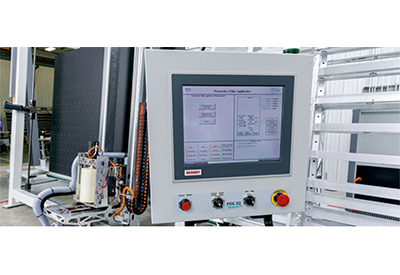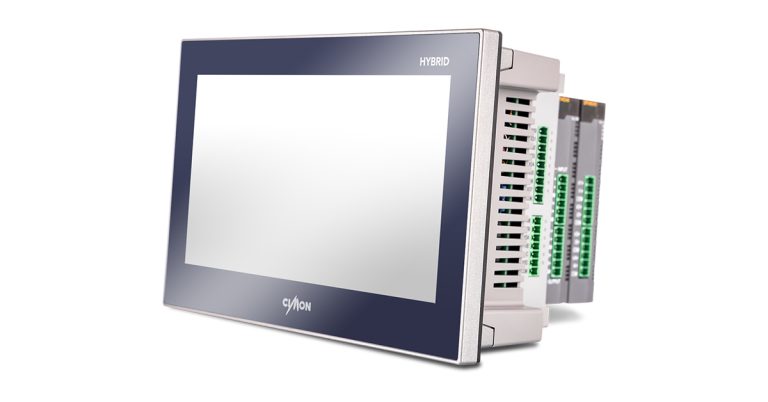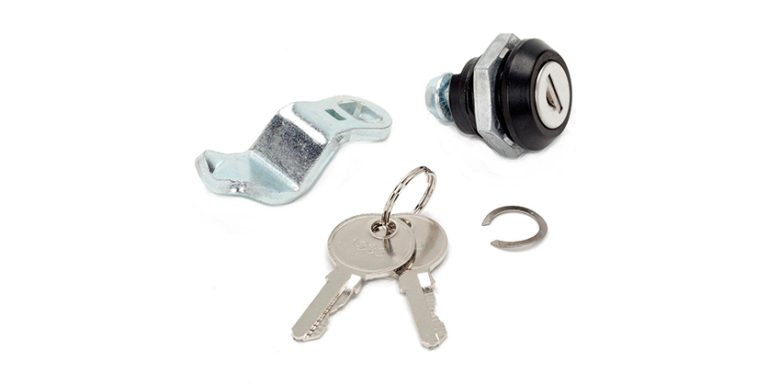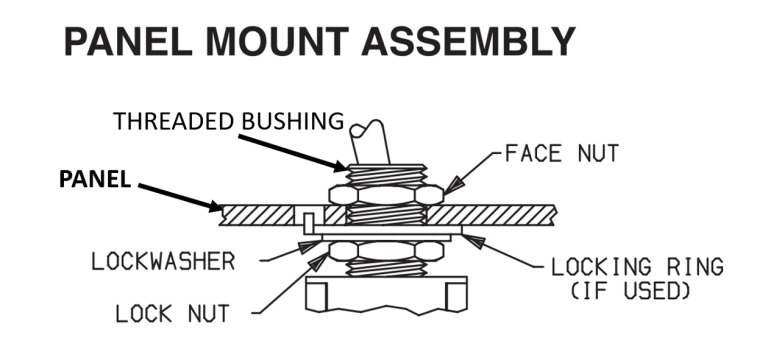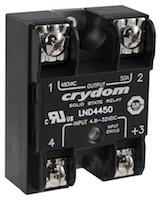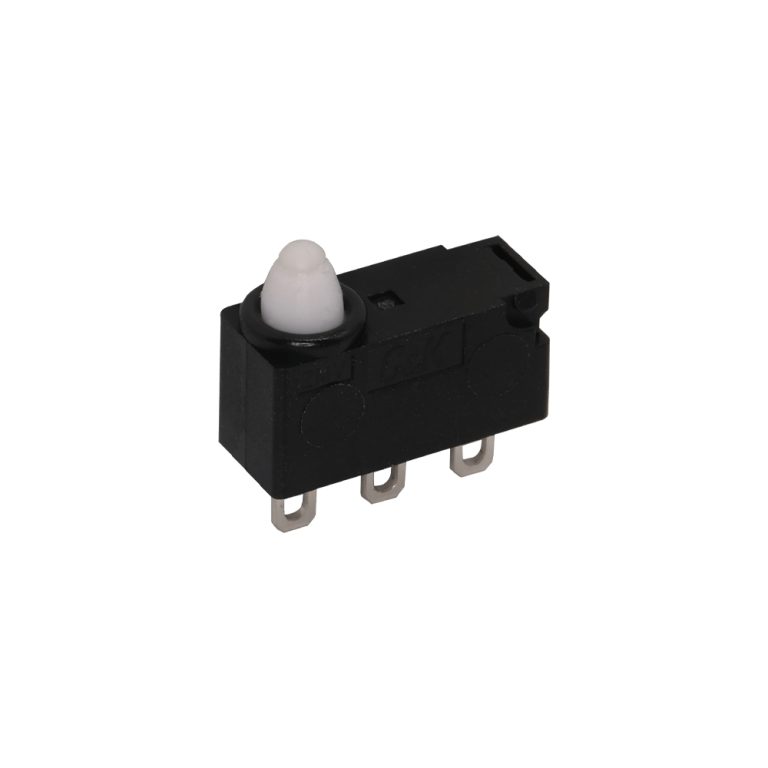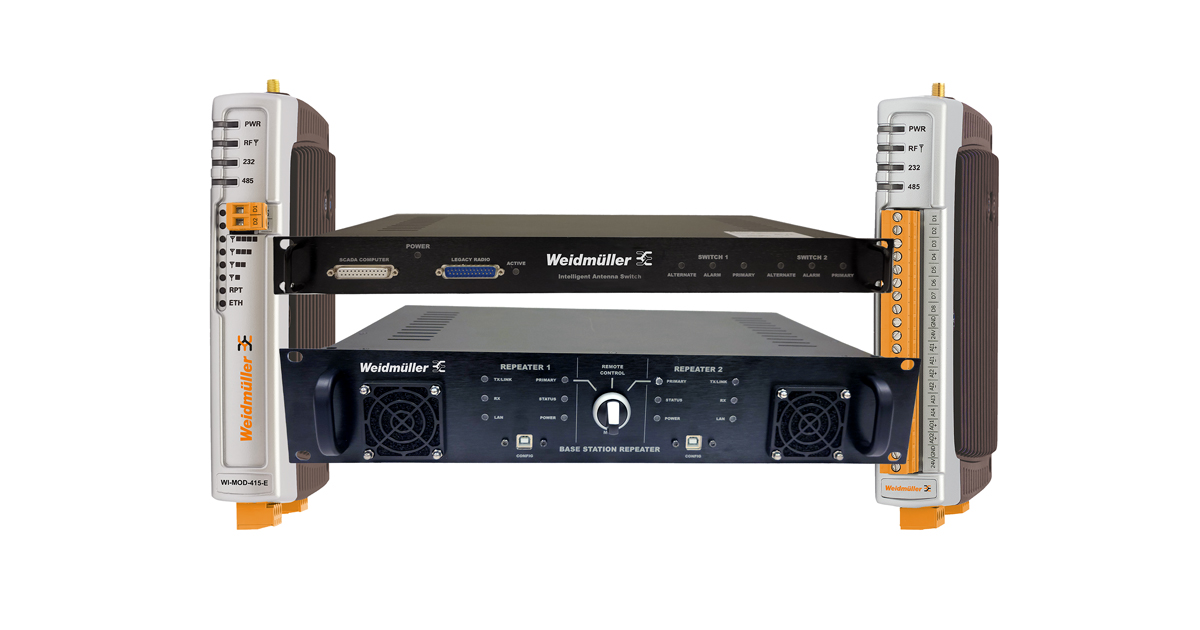Do Not Touch: A New Generation of Touchless Switches

August 12, 2021
From: Schurter Electronic Components
The COVID 19 pandemic has given a boost to a technology that was previously known only to insiders in specialized applications: touchless switches. This sounds confusing at first. We are used to pushing buttons. We usually hear or feel a solid click and immediately know the input has been accepted successfully. This is what we call tactile feedback in the case of pushbuttons.
Other switch technologies such as capacitive or piezoelectric systems usually only provide optical feedback. Via a point or a ring illumination. Of course, it is also conceivable to add acoustic feedback to the switches. Illumination and a signal tone, that is rock solid then. The touchless switches do the same: feedback via illumination change.
The problem
Hygiene, hygiene and hygiene again: that was the credo during the COVID 19 crisis. Pathogens can spread easily and quickly, especially in places with a high frequency of visitors. Touching contact surfaces (e.g., door handles) can transmit bacteria and viruses through smear infection. In the healthcare sector, but also in public buildings, catering or food processing areas, the risk of spread is then particularly high.
How does it work?
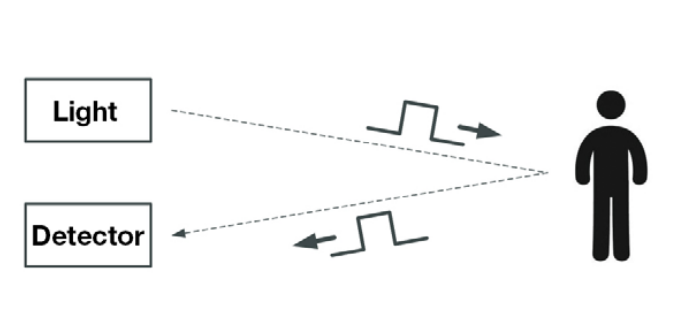 There are various technologies that can be used for touchless switching (see comparison table below). The use of optical IR sensors and microwave sensors is widespread. These two concepts also represent the two price poles. To describe them all in detail would go beyond the scope of this article. The basic principle of all these systems is similar to that of sonar. Instead of an acoustic signal, an optical signal is emitted, hits an object, is reflected and then detected. However, let’s take a closer look at one of these systems, which may be less well known.
There are various technologies that can be used for touchless switching (see comparison table below). The use of optical IR sensors and microwave sensors is widespread. These two concepts also represent the two price poles. To describe them all in detail would go beyond the scope of this article. The basic principle of all these systems is similar to that of sonar. Instead of an acoustic signal, an optical signal is emitted, hits an object, is reflected and then detected. However, let’s take a closer look at one of these systems, which may be less well known.
Time of Flight
A technology that works very precisely and quickly is called ToF. Time of Flight was introduced to the market in the 1980s. It is based on the pulse time of flight measurement of light. Light is emitted by a transmitter and reflected by one or more objects. The reflected light beams are detected by a receiver and then the distance is determined. This technology enables highly precise settings.
Reliable and Safe
False triggering can become a real problem depending on the application. Not exactly when cleaning the surface, even there the switch should not trigger of course, but perhaps in a hospital area. In use with automatic doors, where frail or severely injured people pass. ToF is very reliable here.
Another advantage of ToF is its insensitivity to colors. It does not matter whether the sensor is approached with white, red or black gloves. This has no influence on the detection. The signal is always converted with the same speed and precision. Other optical sensor technologies often have difficulty distinguishing between light and dark objects. They respond to this with different reaction times, which can lead to inaccurate triggering of the switch.
Application Areas
Touchless switches are used wherever increased hygienic requirements for triggering door openings are demanded. These include hospitals with their operating room doors, laboratories and patient rooms. But also in public restroom facilities, from door opening to triggering the toilet flush and hand wash faucet, everything can be actuated without contact. In residential and care facilities, especially for people with limited mobility, they make life a lot easier.
An interesting application is also the door opening for the service staff in the catering trade between kitchen and guest zone, where often no hand is spare. The same applies in hospitals when patients are moved.
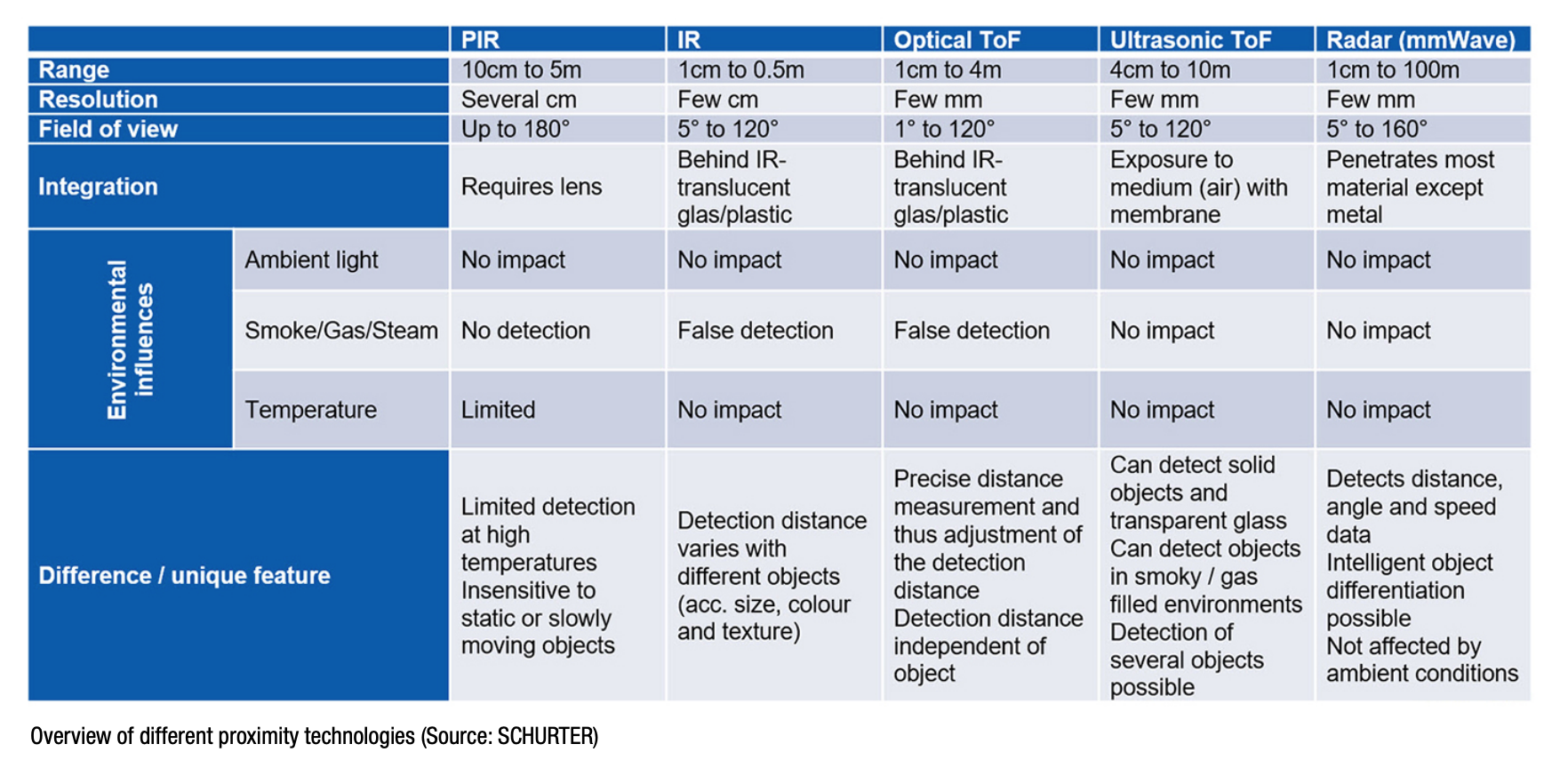 Further Advantages
Further Advantages
Touchless switches offer a very high reliability due to the complete absence of any moving parts. Due to their enclosed design and the resulting high IP protection, they can usually be used outdoors without any problems. A cool feature, which is rarely thought of at first, is the possible misuse as a light barrier. All you have to do is change the detection distance and you can open up countless new applications.
Potential Disadvantages
However, depending on the technology used, these switches can also have problems – false triggering. An example: An insect (bee) flies directly along the sensor and triggers an impulse. Another example: when used outdoors, raindrops or snowflakes can get into the sensor area, which can also lead to unwanted triggering. In addition to false triggering, there is another point: visually impaired people can neither recognize the distance to the switch nor whether it has triggered, if no acoustic feedback has been integrated in addition to the optical feedback.
Conclusion
Touchless switches form a new “species”, which in their specific areas of application have properties that are difficult to top. We will be hearing a lot more about them.

